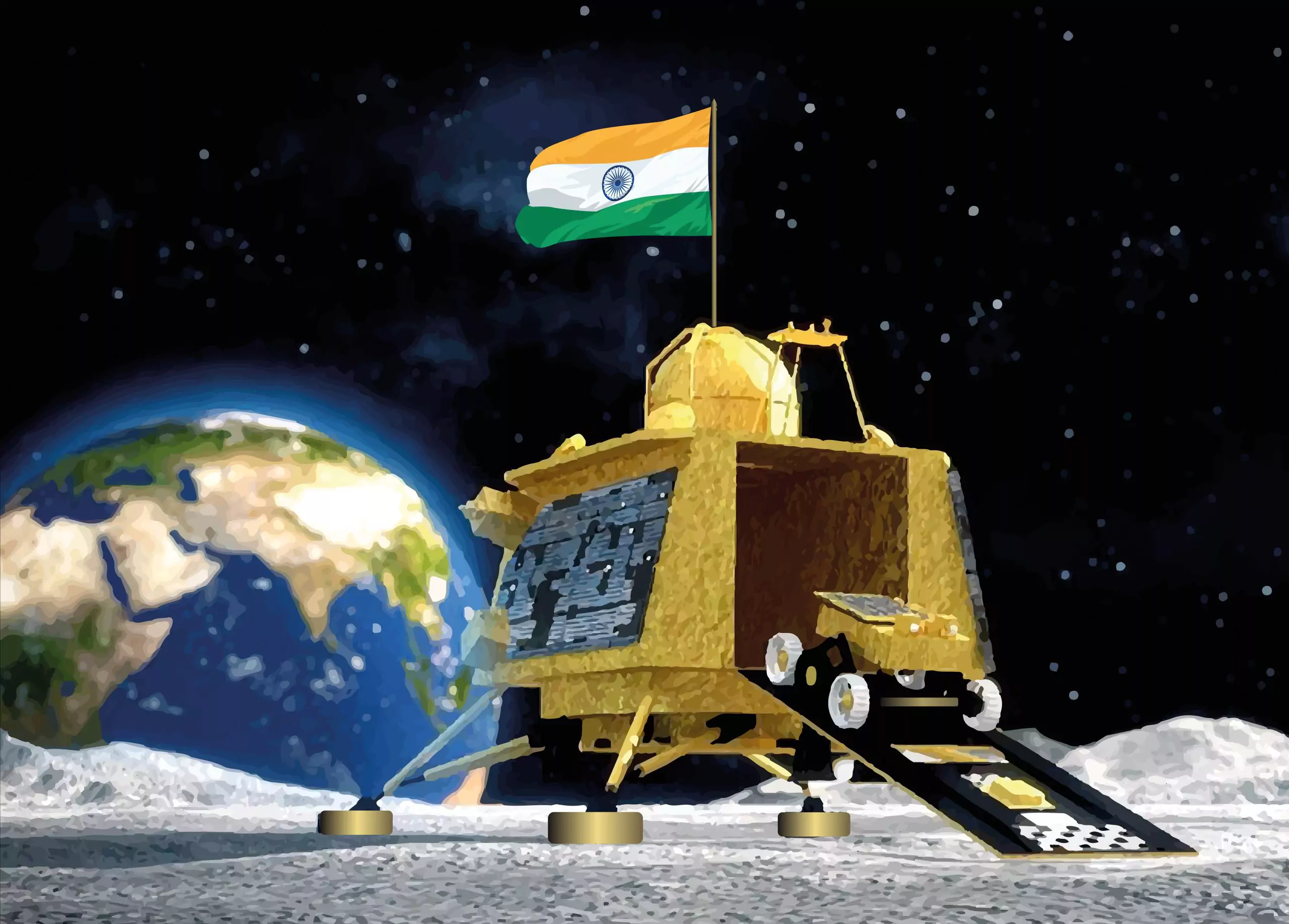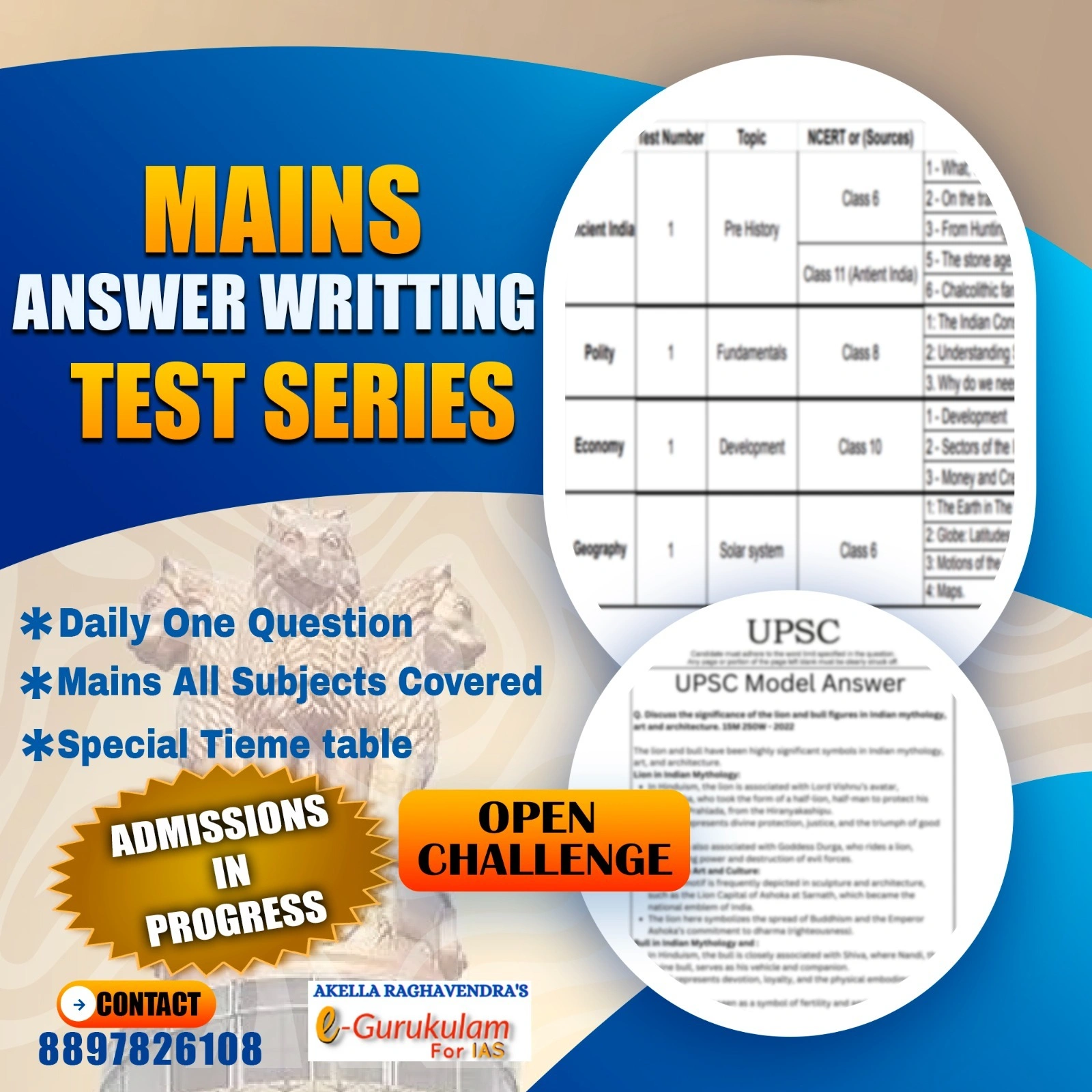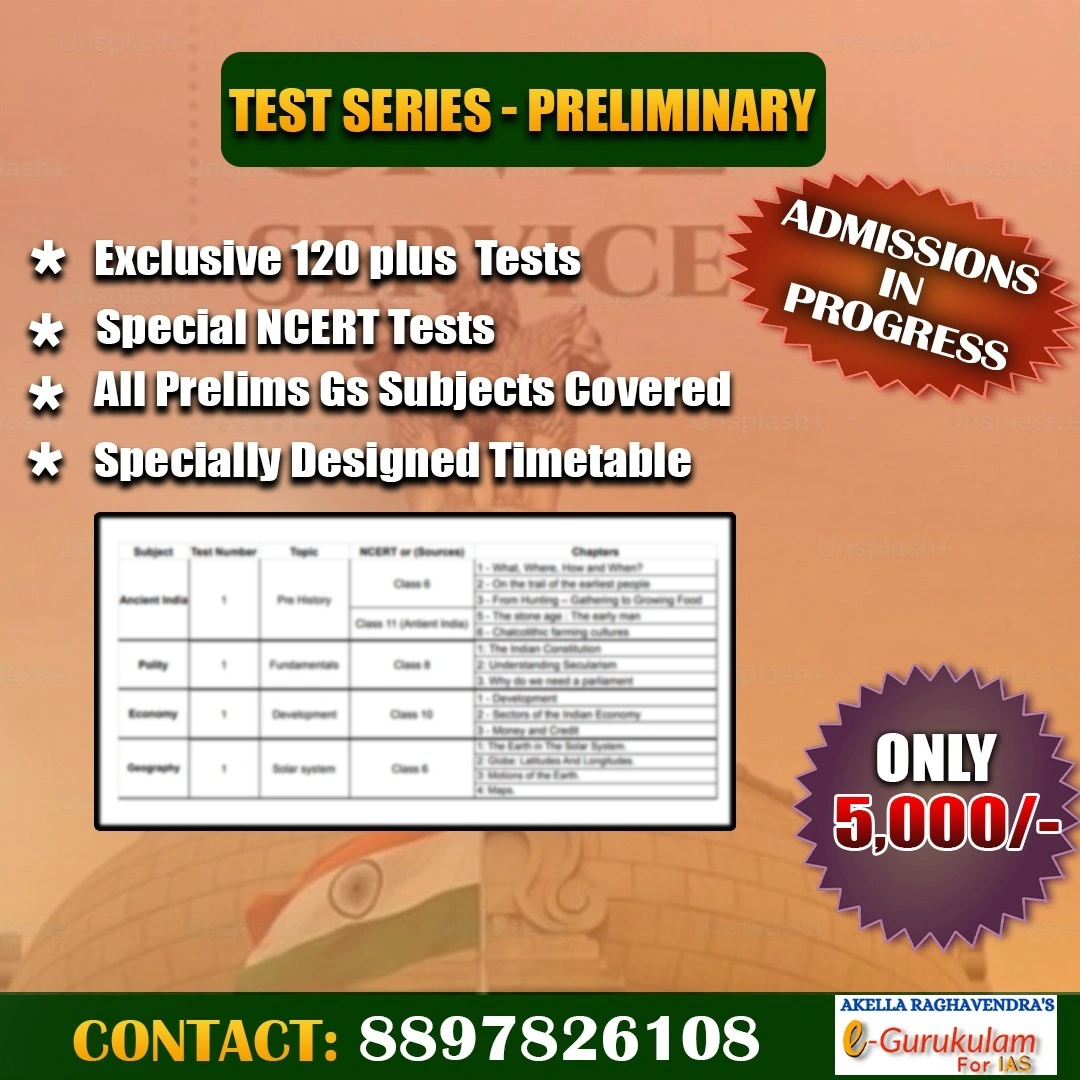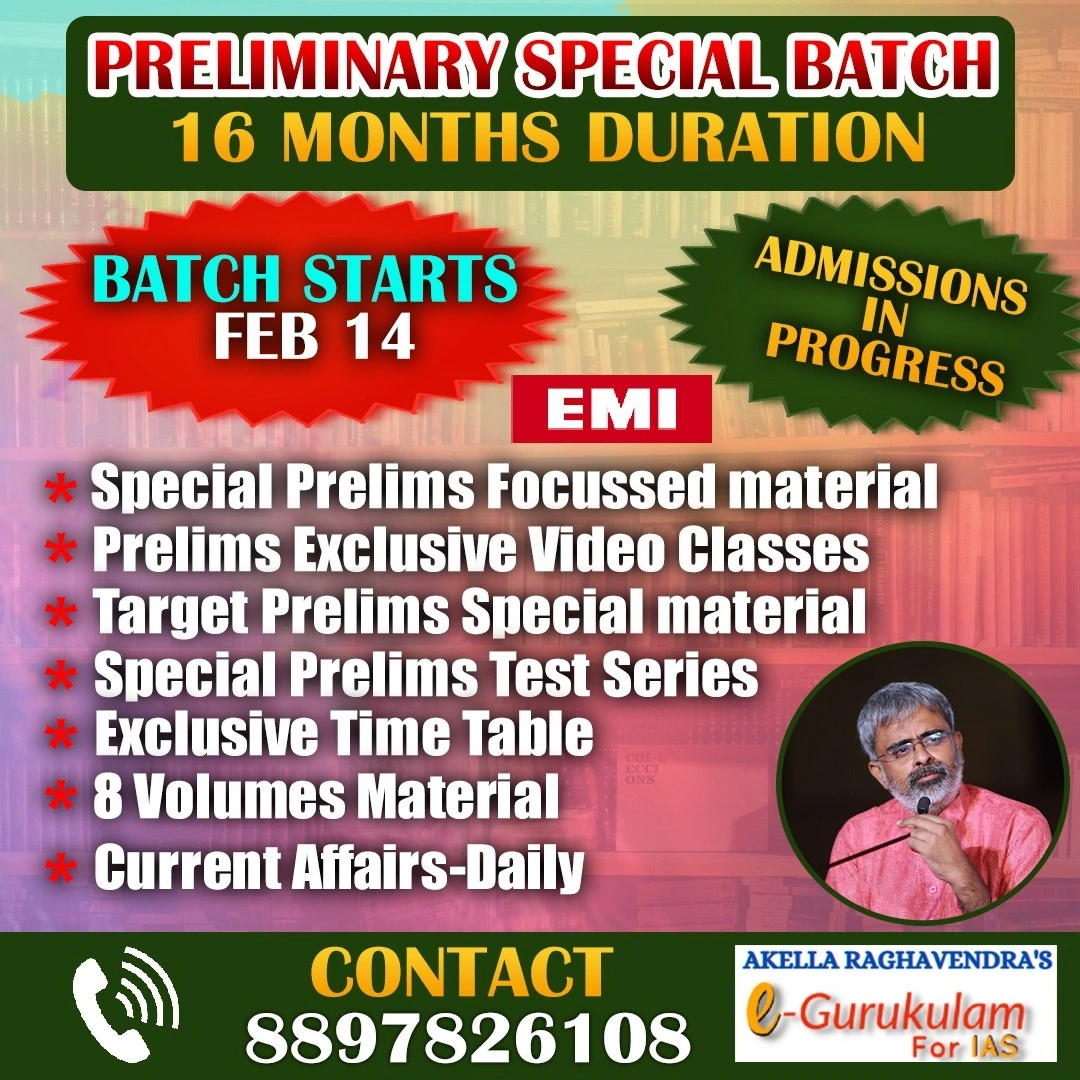India’s Space Diplomacy (ISRO Moon & Solar Missions)
Historical Evolution of ISRO
- 1960s–1970s: Foundation and Early Missions
- India’s space journey began under the visionary leadership of Vikram Sarabhai, regarded as the father of India's space program.
- 1962: Establishment of the Indian National Committee for Space Research (INCOSPAR), operating under the Department of Atomic Energy (DAE).
- 1969: Formation of the Indian Space Research Organisation (ISRO) on August 15, with the mission to develop indigenous space technology for communication, meteorology, and Earth observation.
- 1975: Aryabhata - India’s First Satellite
- Launched on April 19, 1975, Aryabhata marked India’s entry into the global space community.
- Built entirely by ISRO, the satellite was launched using a Soviet Kosmos-3M rocket from Russia, showcasing India’s early international collaborations.
- 1980: SLV-3 and Rohini Satellite
- July 18, 1980: The Satellite Launch Vehicle (SLV-3) successfully launched the Rohini-1 satellite from Sriharikota, Andhra Pradesh.
- This achievement made India the sixth country globally to develop its satellite launch vehicle, a significant milestone led by A.P.J. Abdul Kalam, who later became the President of India.
- 1990s–2010s: Technological Advancements and Interplanetary
Missions
- 1994: Development of the Polar Satellite Launch Vehicle (PSLV), which became the workhorse of ISRO, renowned for its reliability and cost-effectiveness.
- 2001: Introduction of the Geosynchronous Satellite Launch Vehicle (GSLV), capable of launching heavier payloads into space.
- 2008:Chandrayaan-1 mission, India’s first lunar probe, discovered water molecules on the Moon, marking a major breakthrough in space science.
- 2013:Mangalyaan (Mars Orbiter Mission) made India the first country to reach Mars on its first attempt, and at a cost of just $74 million, making it the most budget-friendly Mars mission ever.
This evolutionary journey laid the foundation for India’s subsequent achievements in space exploration, including the Chandrayaan-2 and Chandrayaan-3 missions, as well as the Aditya-L1 solar mission.
ISRO's Launch Vehicles
India's journey in developing indigenous launch vehicles has been a remarkable story of innovation, perseverance, and global recognition. Starting from humble beginnings with the SLV-3 to advanced rockets like LVM3 and SSLV, ISRO has established itself as a key player in space exploration and satellite launches.
- Satellite Launch Vehicle (SLV) - 1970s to 1980s
- Objective: To achieve self-reliance in launching satellites.
- Key Rocket:SLV-3 (Satellite Launch Vehicle-3)
- Milestone:
- 1980: SLV-3 successfully launched Rohini Satellite RS-1 into orbit, making India the sixth country to develop its own launch capability.
- Led by A.P.J. Abdul Kalam, this mission laid the foundation for future launch vehicles.
Specifications:
- Height: 22 meters
- Payload Capacity: ~40 kg to Low Earth Orbit (LEO)
- Stages: 4 solid stages
- Augmented Satellite Launch Vehicle (ASLV) - 1980s to 1990s
- Objective: To increase payload capacity and orbital accuracy.
- Key Rocket:ASLV (Augmented Satellite Launch Vehicle)
- Milestone:
- 1992: Successful launch of SROSS-C satellite after initial failures, showcasing India’s growing expertise in space technology.
Specifications:
- Height: 24 meters
- Payload Capacity: ~150 kg to LEO
- Stages: 5 solid stages
- Polar Satellite Launch Vehicle (PSLV) - 1990s to Present
- Objective: To launch Earth observation, communication, and interplanetary satellites.
- Key Rocket:PSLV (Polar Satellite Launch Vehicle)
- Milestone:
- 1994: First successful launch of PSLV-D2, carrying IRS-P2
- 2008: Launched Chandrayaan-1, India’s first lunar mission.
- 2013: Launched Mangalyaan (Mars Orbiter Mission), making India the first country to reach Mars on its first attempt.
- 2017: PSLV-C37 created a world record by launching 104 satellites in a single mission.
Specifications:
- Height: 44 meters
- Payload Capacity: ~1,750 kg to Sun-Synchronous Orbit (SSO), ~1,200 kg to Geostationary Transfer Orbit (GTO)
- Stages: 4 stages (Solid and liquid propulsion)
Variants:
- PSLV-CA (Core Alone): Without strap-on boosters
- PSLV-XL: With six solid strap-on boosters for heavier payloads
- Geosynchronous Satellite Launch Vehicle (GSLV) - 2000s to Present
- Objective: To launch heavier communication satellites into Geostationary Transfer Orbit (GTO).
- Key Rocket:GSLV (Geosynchronous Satellite Launch Vehicle)
- Milestone:
- 2001: First launch of GSLV-D1 with GSAT-1
- 2014: First successful launch using an indigenously developed cryogenic engine (GSLV-D5 with GSAT-14).
- 2019: Launched Chandrayaan-2 mission to the Moon.
Specifications:
- Height: 49 meters
- Payload Capacity: ~2,500 kg to GTO
- Stages: 3 stages (Solid, liquid, and cryogenic propulsion)
- GSLV Mk III (Now LVM3) - 2010s to Present
- Objective: To launch heavier payloads, including interplanetary missions and human spaceflight.
- Key Rocket:LVM3 (Launch Vehicle Mark-3) (Formerly GSLV Mk III)
- Milestone:
- 2014: First experimental flight (CARE mission).
- 2017: Successfully launched GSAT-19, marking India’s entry into the heavy-lift launch vehicle category.
- 2019: Launched Chandrayaan-2
- 2023: Launched Chandrayaan-3 mission, successfully landing near the Moon’s South Pole.
- Future: Scheduled to launch astronauts for Gaganyaan mission (2024), India’s first human spaceflight.
Specifications:
- Height: 43.5 meters
- Payload Capacity: ~8,000 kg to LEO, ~4,000 kg to GTO
- Stages: 3 stages (Solid boosters, liquid core stage, cryogenic upper stage)
- Small Satellite Launch Vehicle (SSLV) - 2020s Onwards
- Objective: To meet the growing demand for launching small satellites quickly and cost-effectively.
- Key Rocket:SSLV (Small Satellite Launch Vehicle)
- Milestone:
- 2022: First demonstration flight (SSLV-D1), though partially unsuccessful due to orbital deviation.
- 2023: Successful launch of SSLV-D2, placing three satellites into orbit.
Specifications:
- Height: 34 meters
- Payload Capacity: ~500 kg to LEO
- Stages: 3 solid stages and a liquid terminal stage for precise orbital insertion
- Future Developments
- Reusable Launch Vehicle (RLV-TD): Aiming to reduce launch costs by developing reusable technology similar to SpaceX’s Falcon 9.
- NGLV (Next-Generation Launch Vehicle): Planned to replace PSLV and GSLV, offering greater payload capacity and cost efficiency.
Economic and Strategic Impact
- ISRO’s cost-effective rockets have positioned India as a major player in the global space economy, competing with SpaceX, Roscosmos, and Arianespace.
- Commercial Launches: Through NSIL (NewSpace India Limited), ISRO has launched over 400 foreign satellites from 30+ countries.
- Global Market Share: By 2033, India aims to capture 8% of the global space market, with a projected market size of $44 billion.
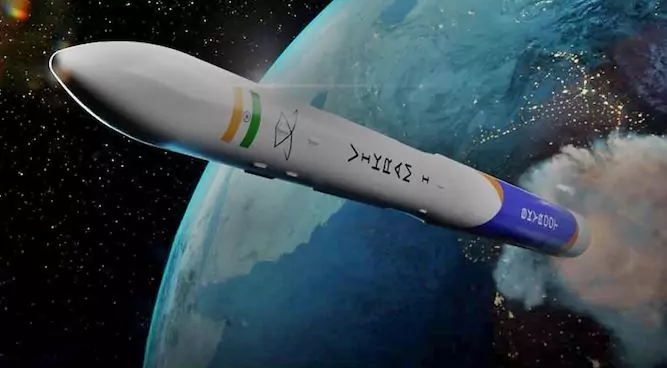
Lunar Missions (Chandrayaan Series)
India’s Chandrayaan missions have played a crucial role in advancing lunar exploration and establishing India’s global leadership in space technology. These missions have contributed to scientific discoveries, strengthened international collaborations, and demonstrated ISRO's capability to achieve complex space missions at a low cost.
- Chandrayaan-1 (2008): India’s First Lunar Mission
- Launch Date: October 22, 2008
- Launch Vehicle: PSLV-C11 (Polar Satellite Launch Vehicle)
- Objective: To study the Moon’s surface, minerals, and atmosphere using advanced scientific instruments.
- Key Achievements:
- First Indian spacecraft to orbit the Moon, placing India among elite spacefaring nations.
- Discovered water molecules (H₂O) and hydroxyl (OH) on the Moon using NASA’s Moon Mineralogy Mapper (M³), a breakthrough in lunar science.
- Conducted 3,400 orbits and transmitted over 70,000 images, providing crucial data for future lunar missions.
- Strengthened India-US space collaboration, paving the way for future joint missions like NISAR (NASA-ISRO SAR satellite).
Scientific Payloads:
- NASA’s Moon Mineralogy Mapper (M³), Chandrayaan-1 Imaging X-ray Spectrometer (C1XS), and Terrain Mapping Camera (TMC).
Mission Duration: Originally planned for two years, but communication was lost after 312 days due to overheating.
- Chandrayaan-2 (2019): India’s First Attempt to Land on the
Moon
- Launch Date: July 22, 2019
- Launch Vehicle: GSLV Mk III (LVM3)
- Components: Orbiter, Vikram Lander, Pragyan Rover
- Objective: To explore the Moon’s South Pole, study its surface composition, and search for water ice.
Key Achievements:
- The orbiter successfully entered lunar orbit and continues to send valuable scientific data.
- Vikram Lander lost communication during its descent due to a software glitch, resulting in a crash landing. Despite this, the mission was considered a partial success due to the orbiter’s functionality.
- The mission provided crucial insights into the Moon’s topography, mineralogy, and exosphere.
Scientific Payloads:
- Dual-Frequency Synthetic Aperture Radar (DFSAR), Imaging Infrared Spectrometer (IIRS), and Terrain Mapping Camera-2 (TMC-2).
International Collaborations:
- Strengthened partnerships with NASA, ESA (European Space Agency), and Roscosmos (Russia), enhancing India’s role in global lunar research.
- Chandrayaan-3 (2023): India’s Historic Moon Landing
- Launch Date: July 14, 2023
- Landing Date: August 23, 2023
- Launch Vehicle: LVM3 (Launch Vehicle Mark-3, formerly GSLV Mk III)
- Components: Vikram Lander and Pragyan Rover (No orbiter, as Chandrayaan-2’s orbiter is still operational)
- Objective: To achieve a soft landing near the Moon’s South Pole and conduct in-situ scientific experiments.
Key Achievements:
- Successfully landed near the Moon’s South Pole, making India the first country to achieve this feat.
- Fourth country globally to achieve a soft landing on the Moon (after the USA, Russia, and China).
- Collected and analyzed data on lunar soil, seismic activity, and surface temperature.
- Cost-effective success: The mission cost approximately $75 million, showcasing India’s ability to conduct advanced space missions at a fraction of global costs.
Scientific Payloads:
- Chandra’s Surface Thermophysical Experiment (ChaSTE), Instrument for Lunar Seismic Activity (ILSA), and Langmuir Probe (LP) for plasma studies.
Diplomatic Impact:
- Enhanced India’s global prestige as a spacefaring nation.
- Opened opportunities for collaboration with NASA’s Artemis Program and joint lunar exploration with ESA, Roscosmos, and JAXA (Japan Aerospace Exploration Agency).
